There’s a treat round every corner at Pitmuies – a mix of the aesthetically-pleasing, the unusual and the unexpected.
I rocked up at the gardens, around eight miles east of Forfar, as the heavens opened.
Drenched within seconds and grumbling angrily to myself, I ran back to my car to shelter from what seemed like a monsoon.
The gardens at Pitmuies are something of a hidden gem. I’ve lived in Angus for 12 years but had never visited until now, to my shame.
They are among the most-photographed in Scotland and have featured in countless glossy magazines and TV shows, so I was looking forward to checking them out for myself.
As luck would have it, the rain stopped within about 10 minutes and a glorious yellow ball of fire shone through the clouds. It was warm, too.
Exploring the gothic wash house at Pitmuies
I started my wee recce with a stroll down to the tinkling Turbie Burn via the B-listed gothic wash house.
This is an incredible building, built as a laundry for the imposing House of Pitmuies, but often mistaken for a chapel.
It featured on an estate map from 1814 so it’s at least 210 years old!
The main entrance is locked, but there’s a sort of annexe, accessible via a blue door and through tendrils of ivy.
I popped in for a look, but there wasn’t a great deal to see other than a few farm implements gathering dust.
A small meadow nearby was apparently once a drying and bleaching green for the wash house, perhaps best seen in spring when it’s a carpet of snowdrops and crocuses.
A path cuts across it towards the burn and a white wooden bridge.
Turreted doocot
Further along the burn is a striking, turreted doocot, which is lined with hundreds of pigeon nesting boxes.
An extremely worn and carved stone on the building’s exterior bears the Ogilvy and Guthrie arms, and the date 1643.
The property had originally belonged to Patrick Guthrie of Guthrie in 1599 and his daughter married David Ogilvy, one of Lord Ogilvy’s sons.
It’s thought that the doocot’s turreted towers were added around 1800, with one containing more nesting boxes and the other serving as a feed store.
Doocots (or dovecots) served as an important food source to House of Pitmuies, dated 1730, and the bird droppings were used for leather tanning and making gunpowder.
History of Pitmuies
Much of the known history of Pitmuies seems to revolve around a former ford by the doocot.
It was here that Mr Carnegy of Lour fell from his horse in 1734 and came into Pitmuies to dry his clothes.
Mr Ogilvy had died leaving three young children and a widow, Margaret. She married Mr Carnegy in 1744 and went with him to live at Lour and her son inherited Pitmuies.
Other features worthy of exploring including two stone bridges over the Vinny Water.
They were built as result of a lawsuit to move the road behind the house and have date stones of 1819 and 1841.
Meanwhile, a Pictish stone cross slab, believed to date from the ninth or 10th Century, bears witness to an earlier period of habitation and the name “Muies”, which is reputed to be that of a Viking raider killed here.
The magnificent trees, from the magnificent Spanish chestnuts on the lawn outside the house, to the beeches and hornbeams, give a story of more peaceful times and the creation of a designed landscape.
The ha-ha, or sunken wall, that separates the extensive parkland from the lawn in front of the house was built in more recent years from stone acquired after the demolition of Guthrie railway station.
Gardens galore at Pitmuies
The gardens, of course, are well worth exploring. There’s the traditional kitchen garden with its mixture of plants, vegetables and fruit, and the formal garden, which boasts splendid rose terraces, a pond and fountain, a massive yew hedge, and herbaceous borders.
Beyond the gardens are four fantastic walks – the Vinny Walk, the Policy Field, the Black Loch and the Woodland Garden.
All boast huge trees and rhododenrons.
There’s also the secluded Vinny Garden, which runs alongside the Vinny Water. Here you’ll find a small statue of Cupid struggling with his bow and arrow. Very cute!
This wee garden is thought to have been planted in Victorian times and includes some massive hollies, a handkerchief tree, and a North American tulip tree. There’s also a paperbark maple, a tree now believed to be extinct in its native Manchuria.
I was lured to the Black Loch Walk, too, where I sat on a bench overlooking the glassy body of water and enjoyed a picnic.
I was lucky enough to spot a red squirrel shimmying up a tree, plus a few swans and ducks swimming.
Owned by the Ogilvie family
Over the last 400 years Pitmuies had several different owners before it was bought by Major and Mrs Douglas Ogilvie in 1945.
It was later inherited by their son Farquhar, but when he died in 1983, his wife, Marguerite, did much to develop the gardens.
Their son, Ruaraidh, moved into Pitmuies with his family in 2013. His wife, Jeanette – the head gardener – continues to develop and enhance the gardens.
- Pitmuies Gardens and grounds are are open daily from April 1 until September 30 from 10am to 5pm. They are privately owned. An honesty box asking for a donations of £5 is located inside the garden gate. For more information see here.
- The gardens were one of the first to open to the public through Scotland’s Gardens Scheme in 1931.
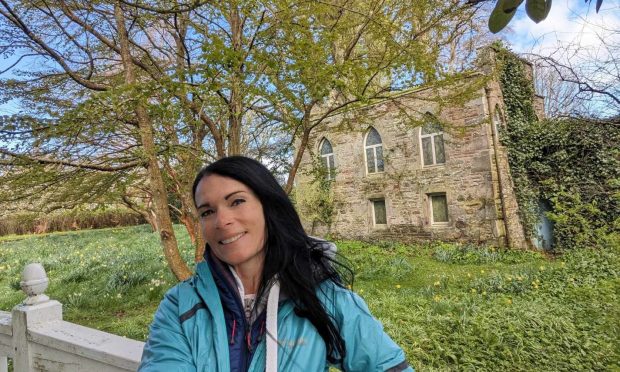
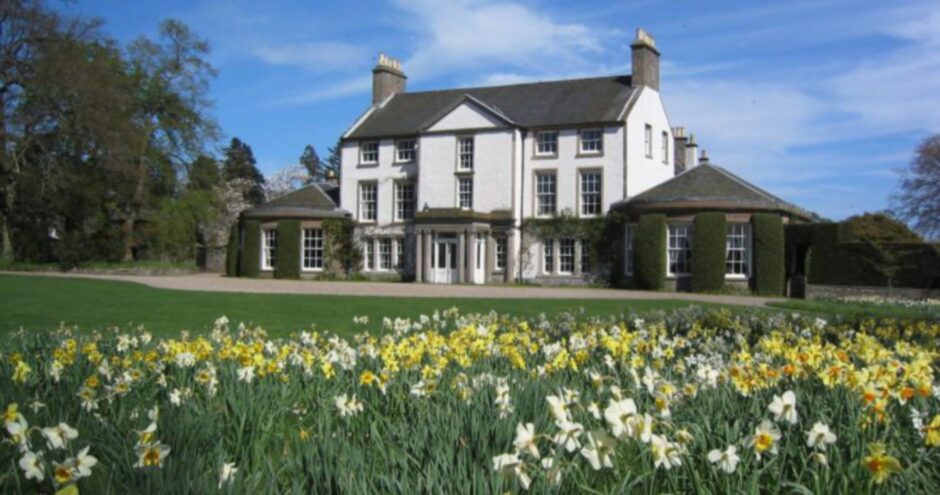
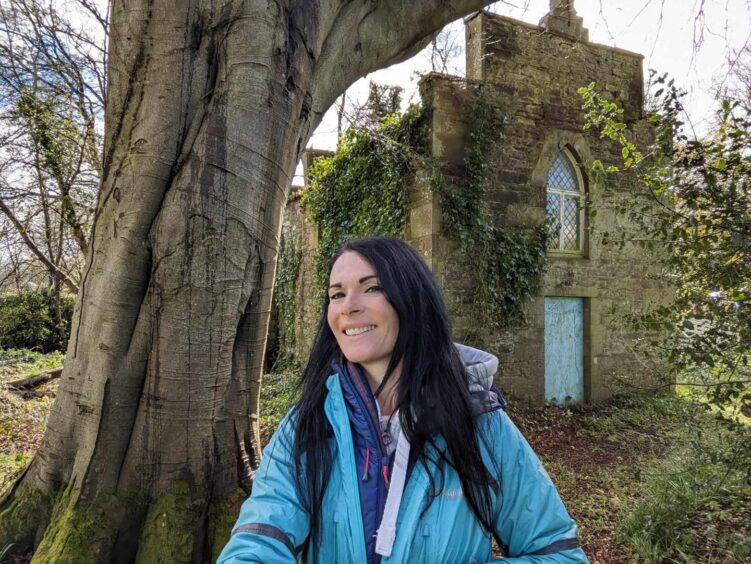
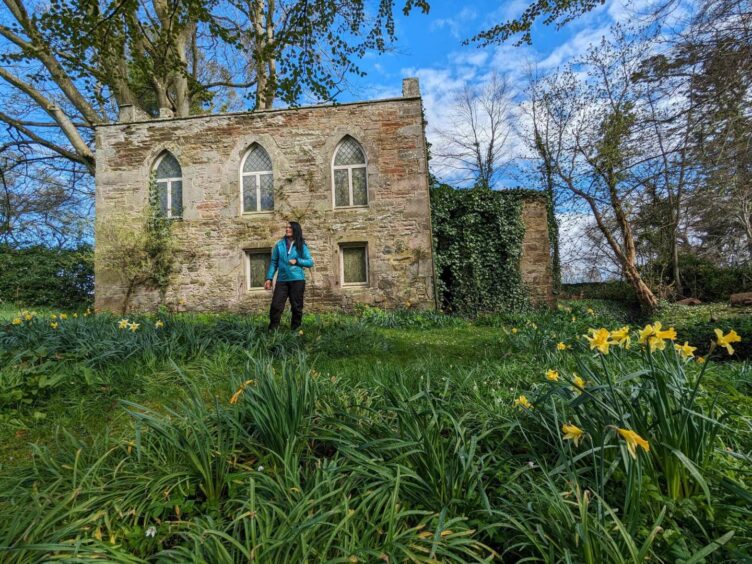
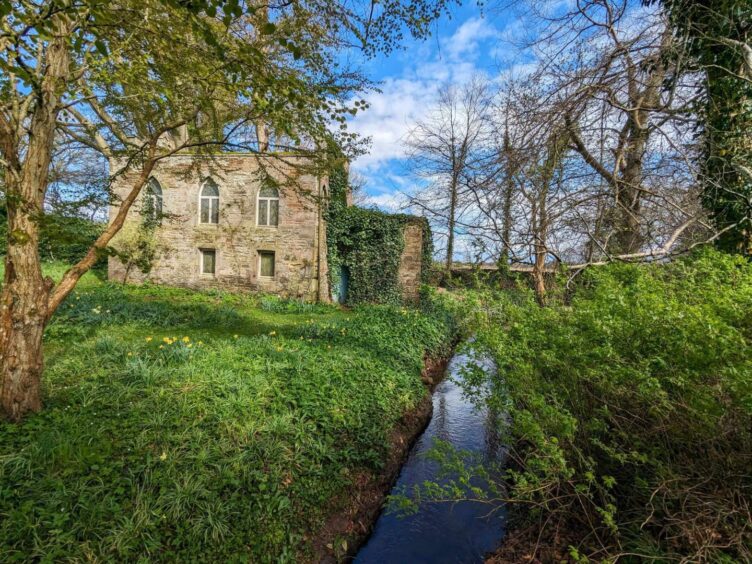
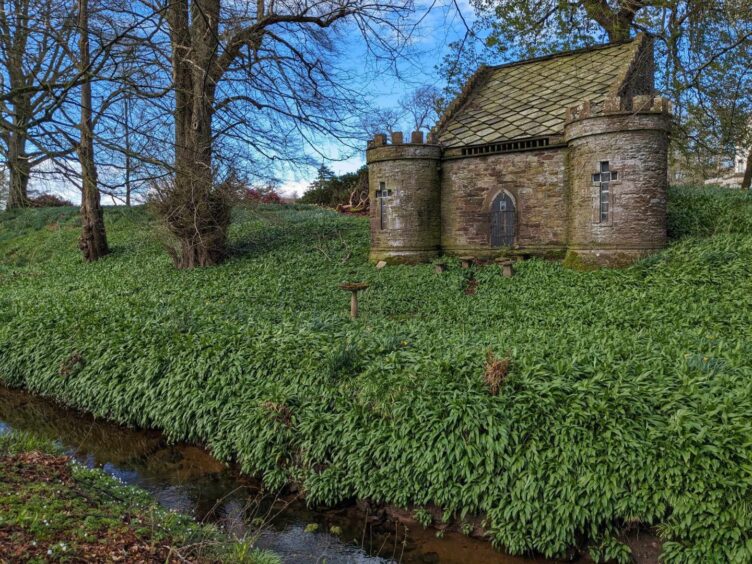
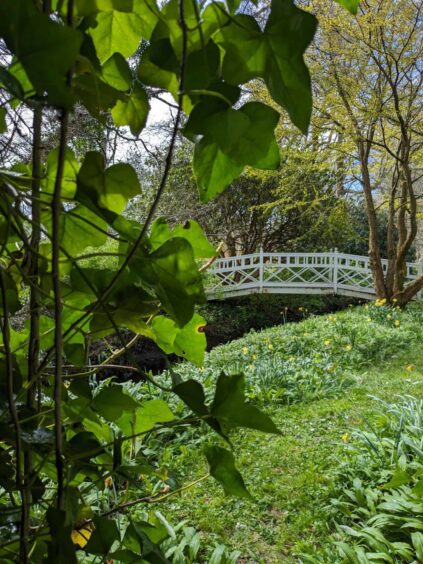
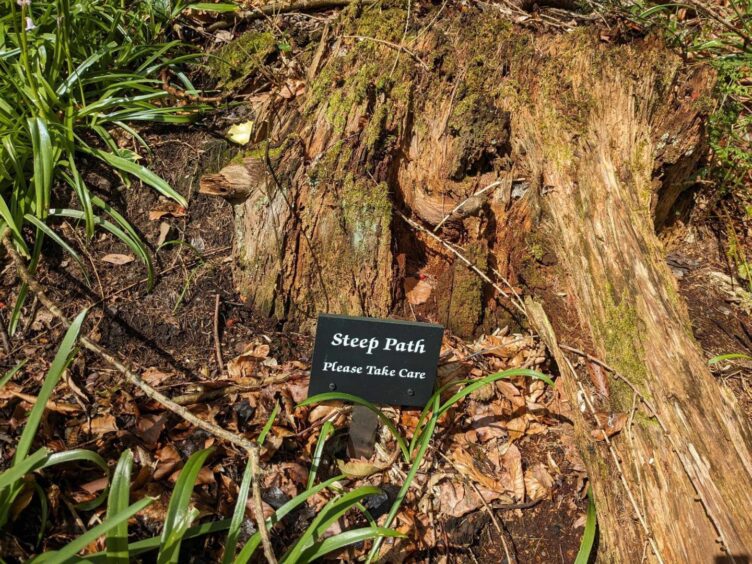
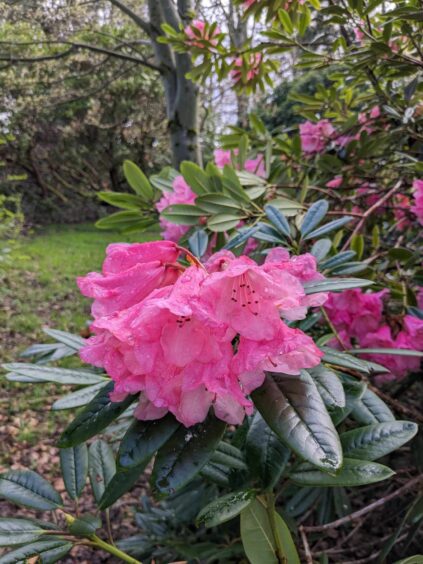
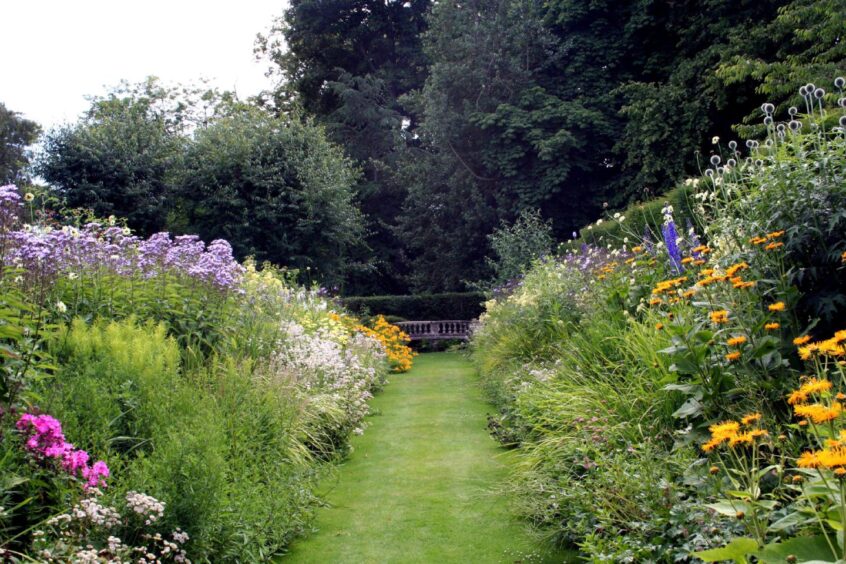
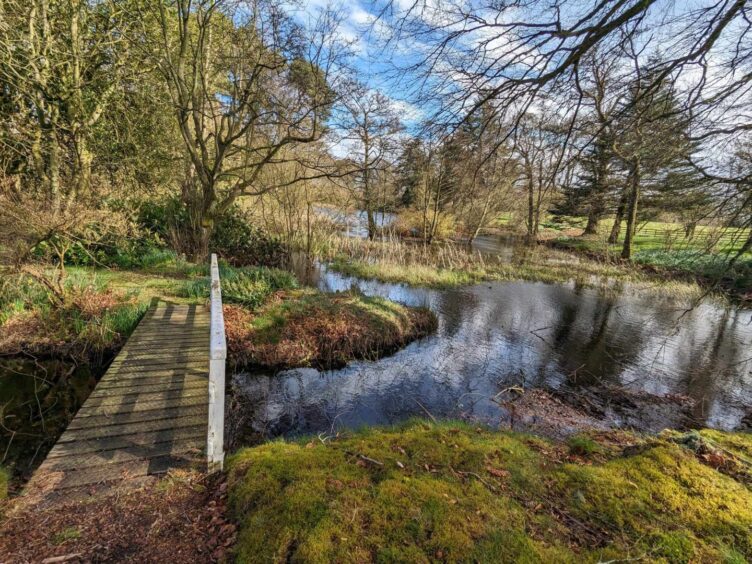
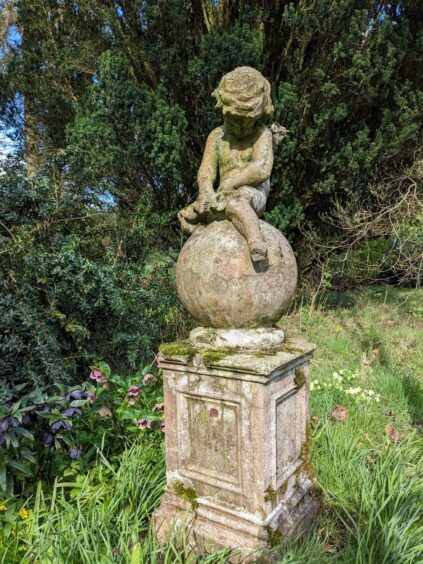
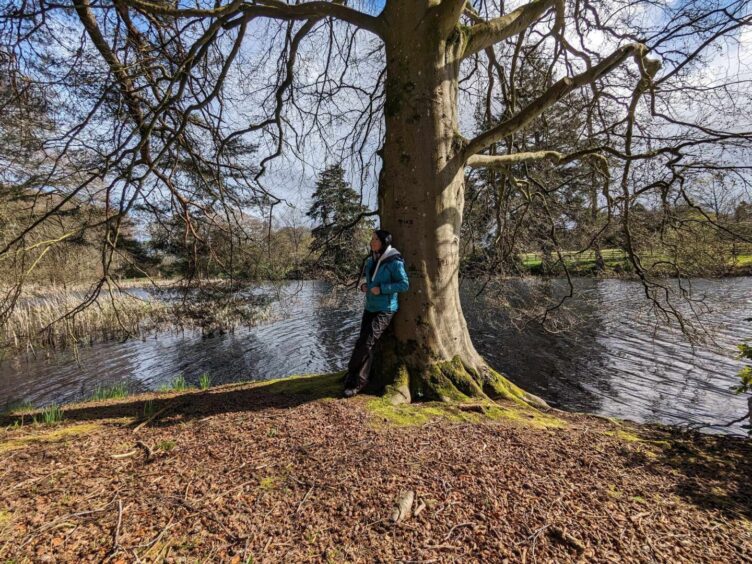










Conversation